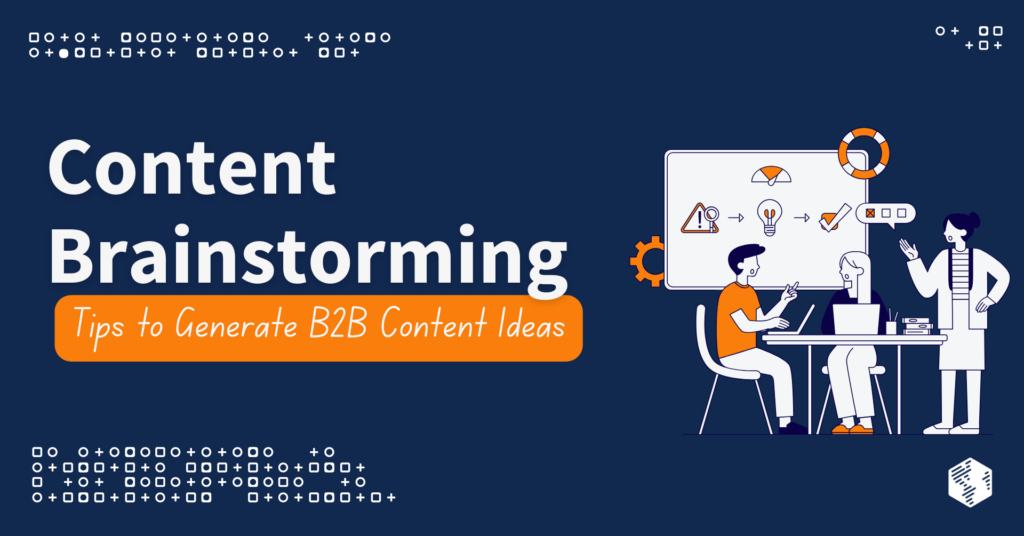When looking to create the best experience for your website visitors, there’s no better tool than contextual marketing. Contextual marketing helps you tailor your website to the users who are most important to you. Creating a website experience tailored to your users’ needs and preferences is not only crucial in helping them navigate to the most important information, but allows you to truly understand what kind of information they are looking for on your website.
To start using contextual marketing on your website, we’re giving you the ultimate cheat sheet. Focus on the following five steps, and create a website tailored to your ideal users.
1. Design your user experience without changing your brand
Tailoring to different website visitors doesn’t mean you have to change your website completely. There are still a handful of things you need to keep in mind when designing your user experience.
- Make your website useful. Presenting relevant content to all users of the buyer’s journey prevents you from missing any opportunities. As well, putting forward content that is specific to that individual’s buyer’s journey ensures a more useful experience.
- Make your website intuitive. If a visitor doesn’t know where to look or what is relevant to them, this can result in a confusing and frustrating user experience.
- Make your website consistent. Like stated above, stay consistent with your brand and messaging when tailoring to different users. Familiarity is something that humans inherently like.
- Make your website accessible. Important things to keep in mind when changing layouts, text, etc. is to manage web accessibility standards for readability, color contrast, font size and more.
- Make your website appealing. This is your chance to show of whom you are and what you have to offer. Make a great first impression.
To start using contextual marketing on your website, we’re giving you the ultimate cheat sheet.
2. Determine your personalization strategy
This starts with evaluating your contact database. What properties do you keep stored? Are the most important properties filled out for every contact? If some of your more important fields do happen to be left blank, it’s important to set default values for all of your personalization efforts. In the case that you were to use company name, the property would say “your company.”
3. Segment with context
There are a number of different ways to segment your contacts. Lists, country, device, referral source, preferred language and even lifecycle stage. Choosing which method to move forward with is all dependent on what kind of content you want to put out there.
- Lists: any time a member of that list visits, you can provide content that is specifically tailored to them. Lists allow for more customization on who you want seeing you different pieces of content.
- Country: this is suitable for customers, leads and first-time visitors. This can be useful if you want to provide content that is specific to a country.
- Device: display variations of your landing page or website page that’s optimized for mobile, tablet or desktop.
- Referral Source: this includes organic, referrals, social media, email marketing, paid search, direct traffic or other campaigns.
- Preferred Language: this can be powerful if you conduct a business with people that speak different languages.
- Lifecycle Stage: categorize your users by how far along in their decision-making process they are
4. Choose the smart content tools that will work best for you
There are four smart content tools that are available: CTAs, forms, text and HTML. Depending on the type of contextual marketing you’re aiming for, you’ll want to consider which tools work best with your audience.
With smart CTAs, you will choose the segment you want to target, as well as the default property. Forms allow you to pick a segment and add a new form to address that segment. You can determine the order of questions you want to ask over time as smart fields. Whether you’re adding smart text to a page, there needs to be a rich text module. HTML is helpful if you have a snippet of code that you need to add.
All of these smart content tools have a great purpose and can be valuable to your website. The important thing to remember is choosing the most appropriate tool for your target audience.
5. Develop a contextual marketing strategy
This is one of the most important steps when apply contextual marketing to your website. Strategy. It all begins with identifying the right segments to target. You can’t focus on everyone. Start small and pick one group. Once you have your target, determine the opportunities for that segment on your high-traffic pages.
Next step is deciding the type of smart content. There are plenty of options including smart CTAs, smart forms, and many more. With the content is mind, start to visualize the conversion path for each smart element. Build out the steps from beginning to end.
One of the most important parts of the strategy is making sure your default content is fully optimized and makes sense for visitors that aren’t familiar with your company. This is also where you want to focus your efforts on SEO. This is the page that Google will crawl and rank your website for.
Some final tips before starting your path down contextual marketing:
- Start small. Don’t try to tackle the entire website, or even an entire segment. Start small, test it out, and determine how to move forward with the next segment or page.
- Promote a good user experience by being helpful. Just because we have the tools to use personalization, doesn’t mean it’s always going to help the user.
- Always optimize for search engines and first-time visitors. This is important when thinking about your SEO strategies and what kind of information you want to be giving during a users first experience on your site.
Take your website to the next level and begin incorporating contextual marketing your future marketing habits.
To start using contextual marketing on your website, we’re giving you the ultimate cheat sheet.

































